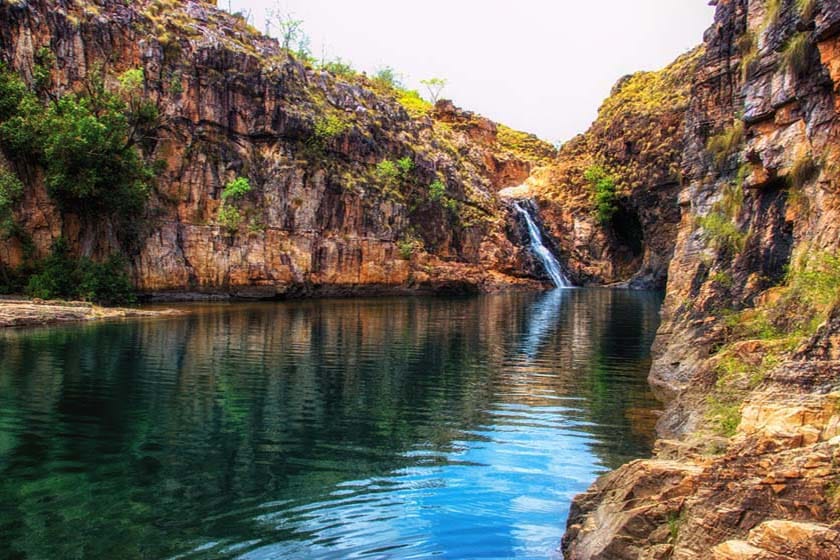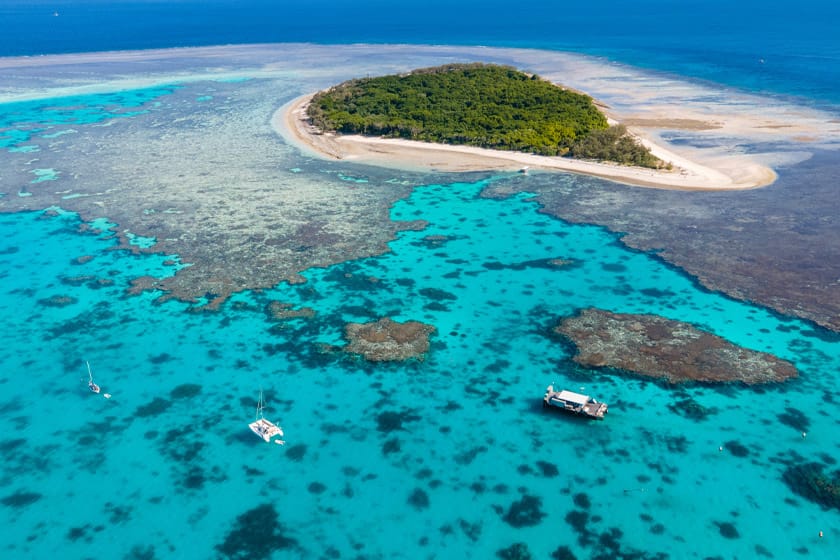3 of Australia's Most Popular National Parks To Visit
Whether you're an avid hiker, wildlife enthusiast, or simply seeking a tranquil escape, Australia’s national parks have something to offer. This guide will introduce you to 3 of Australia's most popular national parks to visit on your next trip to The Land Down Under.

Kakadu National Park

Diverse Ecosystems and Wildlife
Kakadu National Park, located in the Northern Territory, is a UNESCO World Heritage site known for its rich biodiversity. The park covers nearly 20,000 square kilometers, offering a variety of ecosystems including wetlands, rivers, and sandstone escarpments. Visitors can spot an array of wildlife, from saltwater crocodiles to numerous bird species. The park's diverse landscapes provide habitats for unique flora and fauna, making it a paradise for nature lovers and photographers.
Aboriginal Culture and Rock Art
Kakadu is also renowned for its significant Aboriginal cultural heritage. The park is home to some of the oldest rock art in the world, with paintings dating back over 20,000 years. Sites such as Ubirr and Nourlangie offer visitors the chance to see these incredible artworks and learn about the traditions and stories of the local Aboriginal people. Guided tours often include insights into the cultural significance of the art and the park itself.
Great Barrier Reef Marine Park

Underwater Adventures and Marine Life
The Great Barrier Reef Marine Park is one of Australia's most iconic natural wonders. Stretching over 2,300 kilometers along the Queensland coast, it is the largest coral reef system in the world. The park offers unparalleled opportunities for snorkeling and scuba diving, where visitors can explore vibrant coral reefs and encounter diverse marine life, including tropical fish, sea turtles, and manta rays. For those who prefer to stay dry, glass-bottom boat tours provide a window into this underwater paradise.
Conservation Efforts
Due to its immense ecological value, the Great Barrier Reef Marine Park is the focus of significant conservation efforts. The park's management aims to protect its delicate ecosystems while allowing sustainable tourism. Visitors are encouraged to learn about the challenges facing the reef, such as coral bleaching and climate change, and to participate in conservation activities. These efforts help ensure that the reef remains a breathtaking destination for future generations.
Download this amazing Great Barrier Reef Diving Guide PDF below
Daintree National Park

Ancient Rainforest and Unique Flora
Daintree National Park, located in Far North Queensland, is part of the Wet Tropics of Queensland World Heritage Area. It is home to one of the oldest rainforests on earth, estimated to be around 180 million years old. The park's lush, tropical environment boasts a vast array of plant species, some of which are found nowhere else in the world. Visitors can explore this verdant paradise through a network of walking trails and guided tours, which offer a deep dive into the park's unique flora.
Daintree Wildlife
Daintree has so many unique creatures that can only be found inside the park that you can hope to see while you visit. Also, many things like all of Australia's national parks that can kill you, like crocodiles, feral hogs and a death menu of snakes.
Adventure and Relaxation
Daintree National Park offers a blend of adventure and relaxation. From zip-lining through the rainforest canopy to leisurely cruises on the Daintree River, there's something for every type of traveler. The park's stunning beaches, such as Cape Tribulation, provide a perfect backdrop for unwinding and soaking up the natural beauty. Additionally, eco-lodges and accommodations in the area offer serene retreats for those looking to stay close to nature.
Australia's national parks are a testament to the country's natural beauty and ecological diversity. Each park offers unique experiences, whether you're exploring ancient rock art in Kakadu, diving into the vibrant marine life of the Great Barrier Reef, or wandering through the ancient rainforests of Daintree.
These parks not only provide breathtaking scenery and adventure but also play a crucial role in conservation efforts. Visiting Australia’s most popular national parks is an unforgettable experience that showcases the best of the country's natural heritage.
